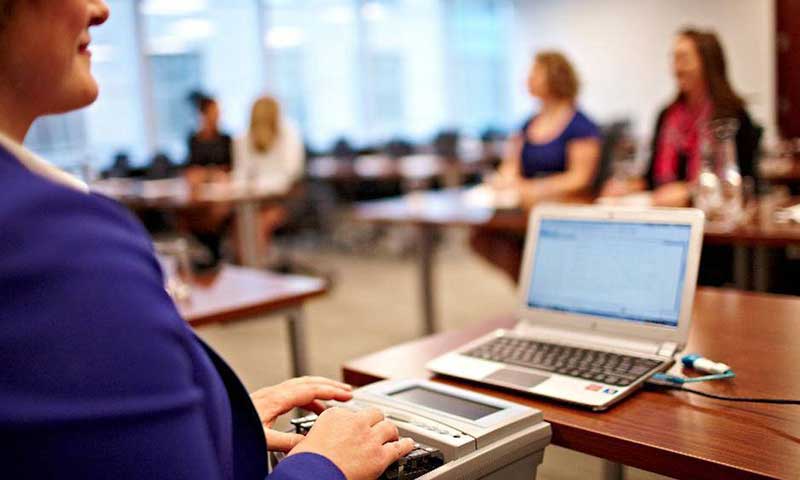Trial Presentation Comprehensive Services for Challenging Court Cases
Trial Presentation Comprehensive Services for Challenging Court Cases
Blog Article
Astound the Court: Crucial Elements of a Powerful Trial Presentation
Vital components such as understanding the target market, crafting an engaging narrative, and grasping verbal and non-verbal interaction are crucial elements of an efficient discussion. As these aspects intertwine, they develop a natural strategy that not just informs yet also involves jurors on multiple degrees.

Understanding Your Audience
Understanding your audience is an essential facet of effective trial presentation. An effective presentation hinges on the ability to grasp the demographics, worths, and predispositions of jurors. This comprehension notifies exactly how debates are framed, evidence is offered, and sob stories are crafted, making sure that the message resonates with the jurors on an individual level.
Research study indicates that jurors come from diverse backgrounds and may have varying levels of comprehending pertaining to legal process (trial presentation). Hence, it is vital to prevent legal jargon that can alienate or perplex them. Instead, utilizing clear, relatable language promotes engagement and comprehension. In addition, recognizing the jurors' prospective biases and life experiences permits the trial speaker to anticipate objections and address worries proactively.
Efficient trial discussion also entails observing jurors' responses throughout the process. Being in harmony with non-verbal hints can offer understanding into their involvement and receptiveness, enabling real-time modifications in method. Ultimately, an extensive understanding of the audience not only enhances communication yet additionally develops relationship, enhancing the likelihood of a favorable result. Engaging with jurors as people instead than a collective device is essential in promoting a solid link in the courtroom.

Crafting a Compelling Narrative
Crafting an engaging narrative is crucial in guiding jurors through the intricacies of a case. A well-structured story not just streamlines detailed legal ideas yet additionally involves jurors on an emotional degree, making the details a lot more relatable and unforgettable.
This message needs to resonate with the jurors' values and experiences, fostering a link that transcends mere realities. This sequential technique can aid jurors follow the progression of events, stressing cause and result.
Including human aspects-- such as personal tales or stories-- can even more boost the narrative's impact. These elements evoke empathy, allowing jurors to picture the effects of the case on genuine lives. Additionally, employing a consistent theme throughout the presentation reinforces the primary disagreement, making it much easier for jurors to maintain critical points.
Eventually, a compelling story changes a test discussion from a plain recounting of realities right into an influential story that captivates the jury, urging them to mull over with both factor and feeling.
Making Use Of Visual Aids
Incorporating aesthetic aids right into a trial presentation can considerably enhance jurors' browse around these guys comprehension and retention of info. Aesthetic products such as charts, diagrams, photos, and video clips can transform complicated lawful ideas and evidence right into quickly digestible layouts. By involving multiple detects, these help allow jurors to envision the situation's key components, making it much easier for them to adhere to along and realize detailed details.
Furthermore, well-designed aesthetic aids can stress crucial points and emphasize relationships between different pieces of evidence. Timelines can successfully highlight the series of events, while annotated images can clarify particular details relevant to the situation. This not only aids in understanding but likewise reinforces the narrative presented by the lawyer.
It is crucial, nevertheless, to make sure that visual aids are relevant, clear, and properly presented. Extremely complicated or cluttered visuals might overwhelm jurors and take away from the message. When made use of sensibly, visual help serve to enhance the oral disagreements and improve the overall influence of the test presentation. Inevitably, effective aesthetic interaction can be a powerful device in persuading jurors and helping them get to informed conclusions.
Mastering Verbal Communication
Efficient verbal interaction is vital in a test discussion, as it serves as the key ways through which attorneys share their disagreements and attach with jurors. Simplicity in language promotes understanding and aids jurors realize complicated issues offered throughout the test.
Moreover, tone and pacing substantially impact just how messages are obtained. A confident tone communicates authority, while appropriate pacing permits jurors to absorb information without useful reference really feeling overwhelmed. Lawyers need to also vary their vocal inflections to stress crucial points and maintain jurors' interest throughout the discussion.
Furthermore, the organization of spoken debates is crucial. Structuring the narrative practically and coherently assists jurors adhere to the attorney's line of thinking, making it less complicated for them to retain important information. Using persuasive techniques, such as narration, can additionally improve the emotional vibration of the debates provided, therefore creating an extra extensive link with jurors.
Inevitably, mastering verbal interaction not only enhances a lawyer's case however additionally fosters count on and relationship with the jury, substantially improving the possibilities of a favorable judgment.

Involving With Body Movement
Nonverbal interaction plays a crucial role in trial presentations, commonly sharing messages that words alone can not share. Body language, encompassing gestures, pose, facial expressions, and eye call, significantly influences exactly how jurors regard the trustworthiness and genuineness of the presenter. A confident stance, with shoulders back and an open stance, can instill trust fund, while closed-off body language might suggest defensiveness or uncertainty.

Faces need to mirror the feelings connected with the case, strengthening the story existing. A genuine expression throughout a touching minute can generate empathy and reinforce the psychological charm. Inevitably, understanding body movement is essential for reliable trial discussions, as it boosts verbal communication and develops an engaging existence that resonates with the court.
Conclusion
Finally, astounding the court requires a tactical approach that incorporates comprehending the audience, crafting an engaging narrative, using visual help, understanding spoken interaction, and involving via body language. Each aspect plays a vital role in creating an effective trial discussion that reverberates with jurors on both psychological and intellectual levels (trial presentation). By integrating these components successfully, attorneys can dramatically boost their capability to convince and influence jury decision-making
Report this page